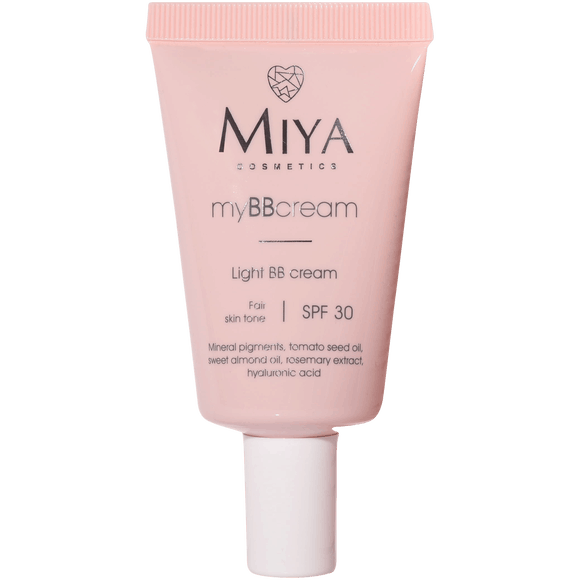Sleek, smooth, radiant skin is a sign of attractiveness. But the aging process is inevitable. When do the first wrinkles appear and do negative changes in the skin structure occur?
What is skin aging and what does it look like? First, it is worth recalling that this organ consists of three layers: epidermis, dermis and subcutaneous tissue. Over the years, inside each of these layers inevitable changes occur, which are visible to us with the naked eye. Aging is a biologically programmed process that involves a decrease in the metabolic activity of cells and is related to the decreasing regenerative capacity of the skin and an increased susceptibility to oxidative stress. UV radiation, stimulants, smog, poor diet, hormonal changes, abundant facial expressions, and improper skin care are just a few of the many factors that may accelerate the aging process. What changes in facial appearance can we observe in different decades of a woman’s life?
According to experts, the first fine wrinkles appear around age 25. This is related to the beginning of the process of loss of collagen, which is the main building block of the skin – responsible for its firmness and density. Despite this, we still look vital and young, and the skin regenerates very quickly
Between 30 and 40 years of age there is a noticeable drop in skin moisture – it is often very dry, wrinkles become permanent and are more and more difficult to cover up with make-up. The progressive loss of collagen and elastin causes a decrease in skin tone. After a sleepless night shadows and puffiness under the eyes appear – unfortunately the skin’s self-healing capabilities are not as high as in the previous decade of life, so at this age it is worth remembering about proper sleep hygiene.
After the age of 40, not only do facial wrinkles become permanent, but also the skin begins to droop. Many women notice on their faces the appearance of so-called hamsters (falling cheeks). The oval of the face is no longer so clear, the skin becomes visibly thinner, loses its density. Some mature women also struggle with excessive keratosis of the epidermis.
This is not an easy time in the life of a woman. Hormonal changes associated with the menopausal period adversely affect the skin, the aging process accelerates. Low levels of estrogen contribute to the inhibition of collagen and hyaluronic acid production. Eyelids, eyebrows, and even the tip of the nose begin to droop. In addition to existing wrinkles, deep furrows and lines appear on the face (called marionette wrinkles). Signs of dehydration are also visible, the skin is no longer as smooth as before – it becomes rough to the touch. We start to look tired and sad, the face lacks healthy color (complexion turns gray).
Women over 60 very often develop pigmentation changes, the so-called age spots, which are the result of impaired melanogenesis and excessive sun exposure (skin “avenges” for not using protective cosmetics against UVA and UVB in previous years)
An important role is played by conscious and systematic facial skin care. It is worthwhile to introduce anti-wrinkle creams to the daily beauty routine already at the age of 25-30. Excellent effects give antioxidant products rich in, for example, vitamin C and E, which inhibit the aging process. It is also very important to take care of skin hydration (for example, cosmetics with hyaluronic acid). If we want to enjoy good skin condition, we should remember about getting enough sleep, eating healthy food, avoiding stress and using sun protection (all year long!).
Skin aging is a natural process that happens gradually – no one can avoid it and stay young forever. However, leading a hygienic lifestyle and starting anti-aging care early can delay the appearance of the signs of aging on your face



Read also 6 TRENDS THAT YOU WILL NEVER BE “TOO OLD” FOR
Main Photo: master1305/ adobestock.com